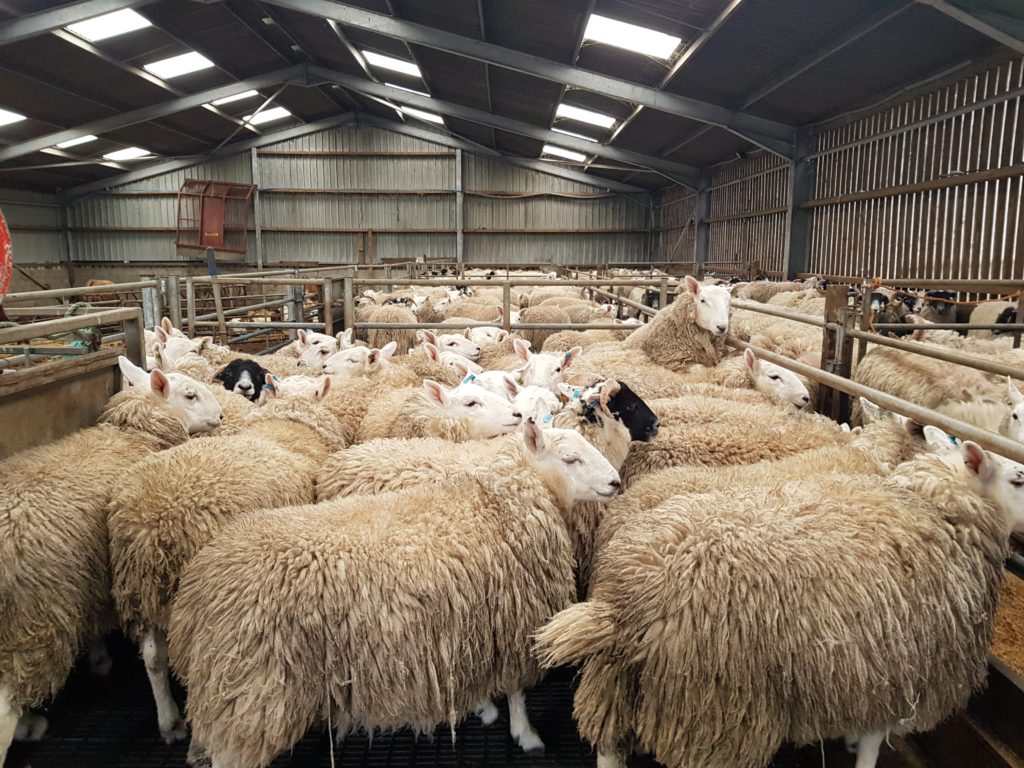Pre-Lambing Metabolic Profiling
12 February 2021Blood testing ewes 3 – 4 weeks before lambing is a great way to assess how the ration being offered is feeding. It gives you the knowledge if what is being fed is sufficient and if not what adjustments can be made. Ideally you want to sample at least five ewes from each management group (triplets, twins and singles). Bloods will then give you the status of the ewes for energy and protein in these forms:
Beta hydroxybutyrate (B-OHB)
Highs levels of BOHB will indicate if the ewe is in negative energy balance. Sheep in this category may develop pregnancy toxaemia and be at risk of poor colostrum production. A recent trial by the University of Edinburgh found that ewes in negative energy balance were five times more likely to have a lamb with insufficient antibody levels due to failure in colostrum transfer.
Urea-N
This is a measure of their current protein intake. If ewes are on poor quality forage with a crude protein <110 g/kg DM or the ration is improperly balanced then this may be the cause for poor protein status. Therefore, it’s important to look at blood results alongside the ration to see where there may be any short-fall. Low protein intake can affect colostrum quality, milk production and immunity.
Albumin
This is a measure of long–term protein status. Albumin is produced by the liver therefore if levels are low this could suggest liver damage e.g. by fluke, disease or the ewe has been protein deficient in their diet for a prolonged period. In the same trial by the University of Edinburgh they also found ewes with low albumin levels were found to be more likely to lose a lamb in late pregnancy or the first 24 hours of life. Therefore, highlighting the importance of year round management of the ewe throughout her production cycle.
Metabolic profiling is a useful management tool alongside body condition scoring and forage analysis, they are all part of building up a picture of the ewe’s nutritional management. By measuring you can act pro-actively rather than reactively, ensuring healthy, vigorous lambs come spring.
If the BOHB levels need corrected, then please see https://www.fas.scot/article/correcting-bohb-levels/
Mary Young, mary.young@sac.co.uk
Sign up to the FAS newsletter
Receive updates on news, events and publications from Scotland’s Farm Advisory Service

